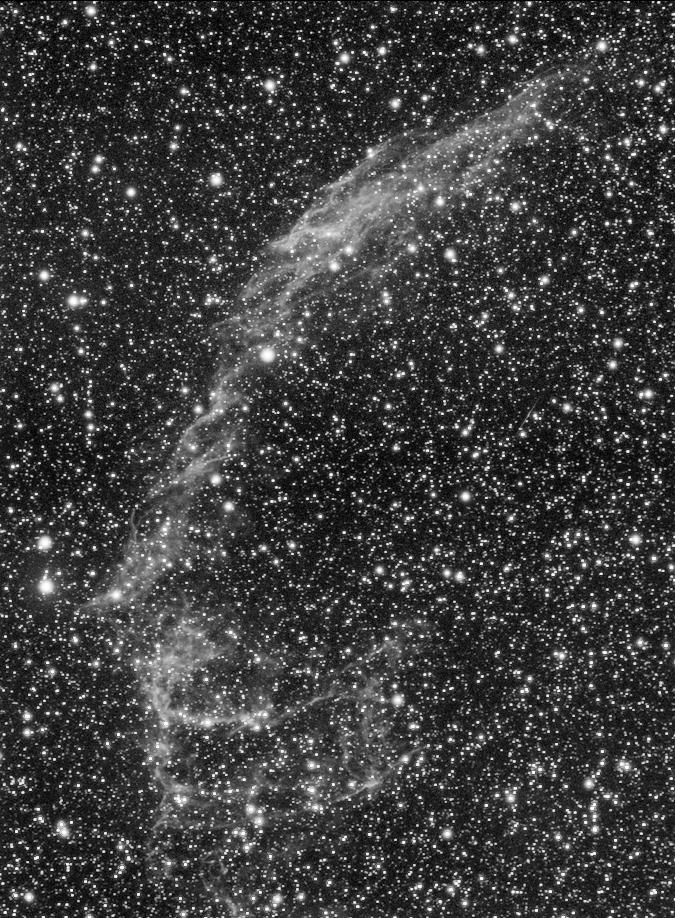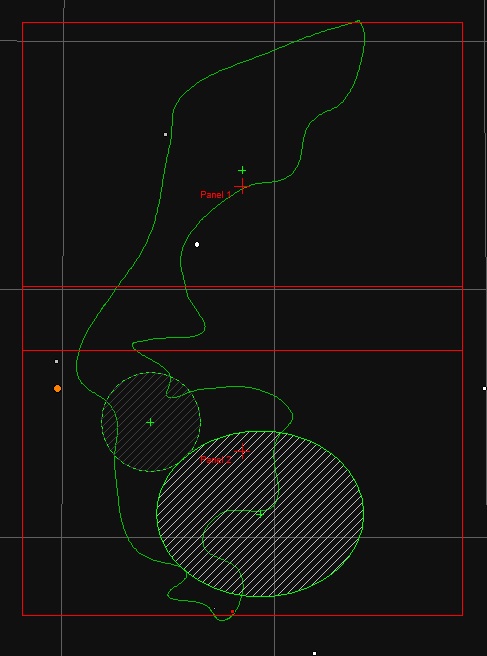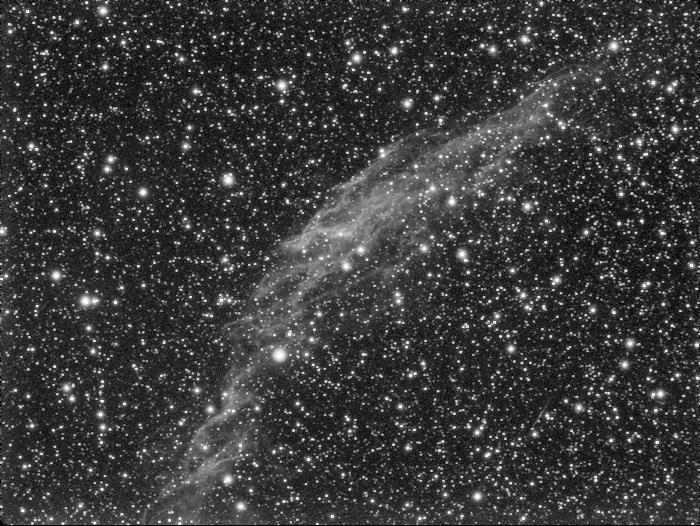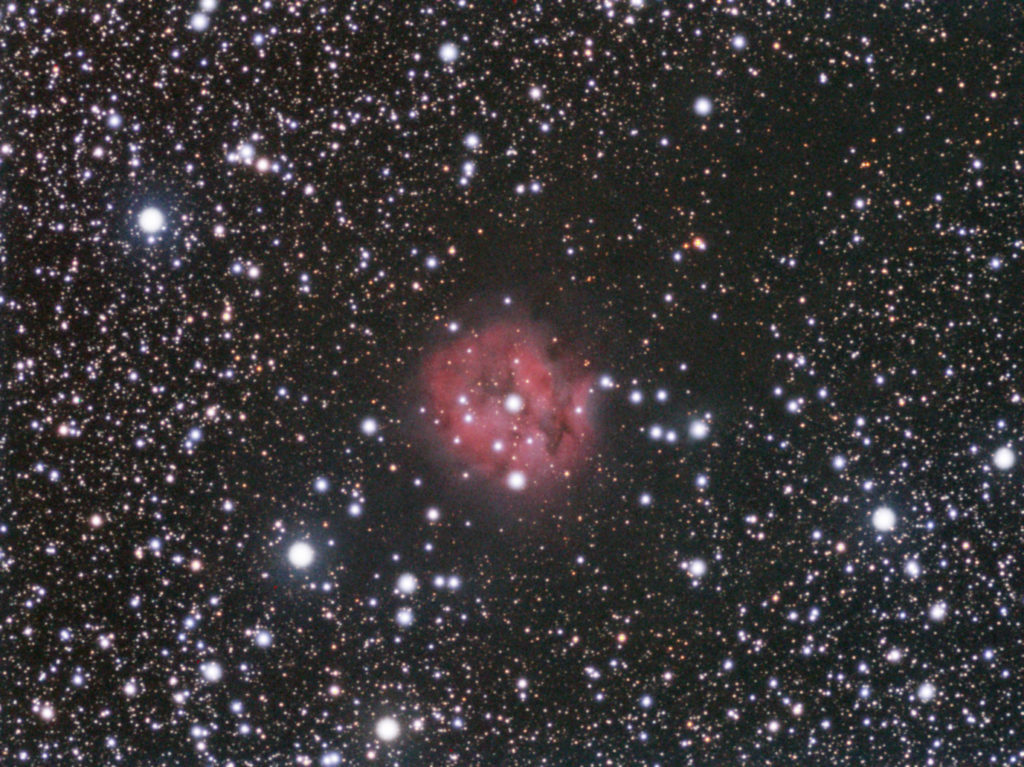
You’ve got a Dew Management problem
Dew is condensed water vapor that likes to form on optical surfaces whenever the relative humidity is high. The featured image shows a dew drop that formed on my camera’s sensor window shortly after I turned on the thermo-electric cooler. It ruined a night’s worth of astrophotography because I did not have a plan in place.
My first experience with dew was two years ago. The sky was clear but I could see my breath and the grass was glistening with moisture. When I began my imaging run the computer screen showed bright stars and dark space but as the night wore on I noticed that the image looked increasingly less defined. When I shined a light on the objective lens of my refractor I saw that it was fogged over.
Don’t let this happen to you. Clear nights are hard to come by so don’t waste it by not having a dew management plan. There are several vendors who have solutions that consist of heater bands and a controller for adjusting the temperature. Me, I am a Do-It-Yourself person, so I like to build my own. I’ve built a couple homemade heater strips as described here at DewBusters website:
http://www.dewbuster.com/heaters-330ohm-resistors.html
I don’t have a controller so if you build a heater strip according to those specifications you will find that it runs hot when you apply a constant 12VDC across it. Now I tend to build strips with half the number of resistors such that it runs at half power. I solved the dew problem on my sensor window by building a small heater strip that fits nicely around the camera’s nose-piece using Velcro.
The other night as I prepared to image the Eastern Veil Nebula I purposely disconnected the dew heaters earlier in the evening to conserve battery power as I waited for the target to rise above the treeline. When the time came I engaged the cooler, waited 20 minutes for the temperature to stabilize, and then took a test shot. Right away I knew what the problem was. I ran outside, reconnected the dew heaters and after only five minutes I could see the dew had evaporated.




